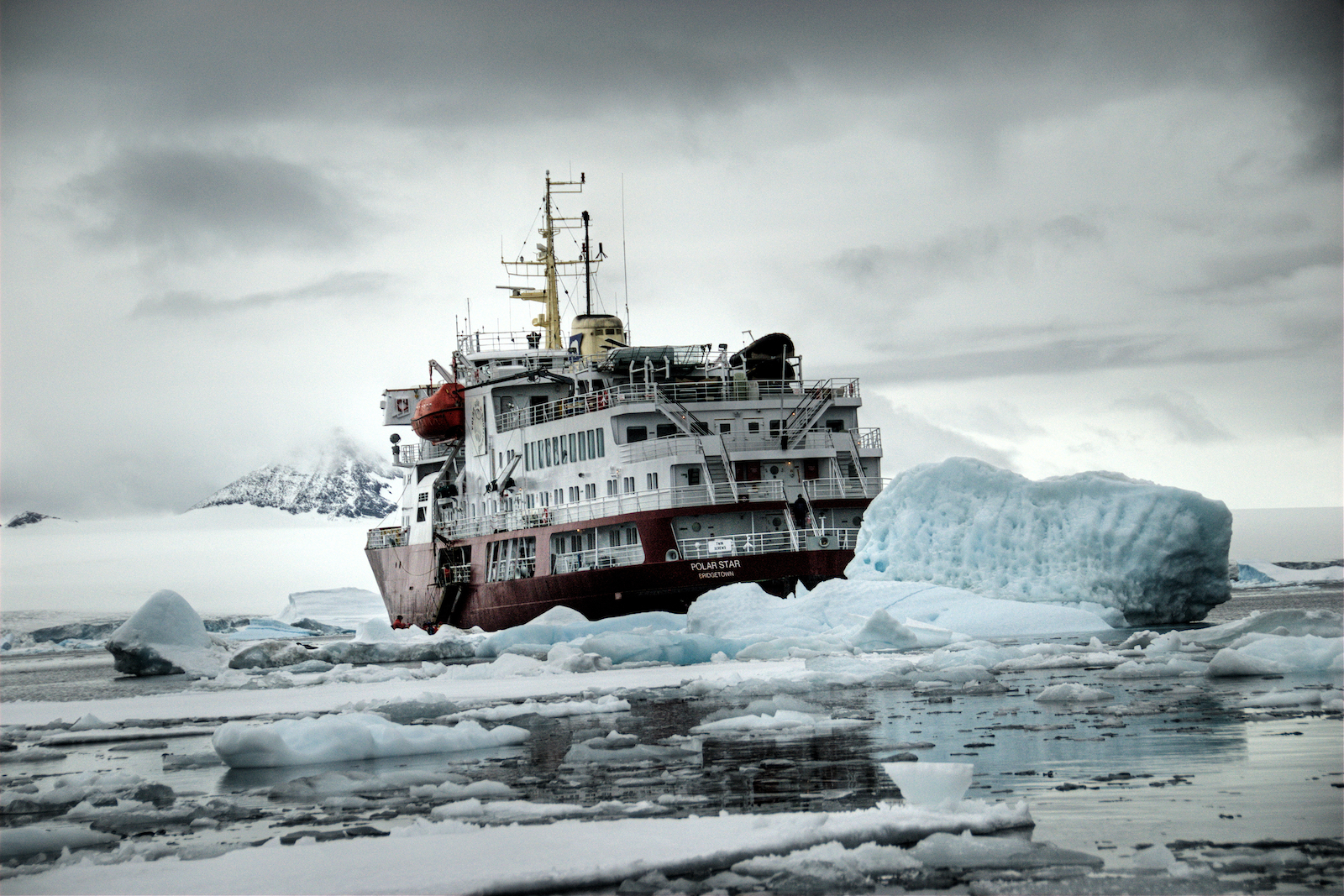
Deep-Sea Mining’s Tentacles Wrapped Around Regulators.
Why is the international agency responsible for nearly 70% of our planet based in Kingston, Jamaica, and operates with little public oversight or media insight? The International Seabed Authority (ISA) is responsible for simultaneously protecting and exploiting the world’s oceans. If that sounds like a conflict of interest, that’s because it is.
Since its inception in 1994, the ISA has primarily operated for the benefit of those wishing to plunder the oceans; now, we are potentially months away from mining contractors being given the green light to deplete the ocean floors of their deep-sea minerals completely. A move that will impact humanity and all other species in and out of the water. Why is the industry so set on this undeniably destructive path? Because the world is looking for a quick fix to solve the current metals crisis.
The deep oceans, which are defined as being beyond a continental shelf at a depth of 200 meters (656 feet) or more, belong to no one and everyone. The United Nations designated these areas the “Common heritage of mankind” in the 1982 UN Convention on the Law of the Sea (UNCLOS). After this, the ISA was established as an independent body sponsored by its national members and mining contractors. Despite its dual focus, many environmentalists have continued to protest the bias towards mining companies being presented within the ISA. While there has yet to be any proof of misconduct within the ISA, Secretary-General Michael Lodge has consistently come under criticism for his close personal ties with the mining industry.
While it is true that the world is facing a growing shortage of critical metals used in modern-day technology, we cannot allow mass environmental destruction to be an allowable side effect in our attempt to fulfill our supply chains. One of the main draws to deep sea mining is how rich deposits are in multiple different metals. These include cobalt and nickel, key components for the growing lithium battery market. In the ocean, these are mainly found as polymetallic nodules, small rock-like objects which are spread out across portions of the ocean floor in their trillions. The harvesting of these nodules will require large submersible mining vehicles like the Patania II, whose environmental footprint alone will destroy anything it touches.

Not only is the mining industry aware of the devasting impact deep-sea mining would have, but they also, along with the ISA, are reliant on the idea that people won’t protest their actions because they don’t directly see the impacts of deep-sea mining, unlike terrestrial-based mining. Yet the effect is far more significant than perceived. The ocean provides our world with every other breath, and the deepest regions act as one of the planet’s most important carbon sinks. The extent and size of such a mining operation will have a lasting and devastating impact on all life on our planet and any chance to slow the rate of climate change.
Luckily, the ISA has only issued exploratory licenses of polymetallic nodules to 19 contractors. A mix of state and private entities is involved, with many newcomers wanting to grab a piece of the pie. 2024 could be the start of the end to any hope of protecting maritime biodiversity as the ISA could begin granting licenses for industrial extraction. The ISA finds itself complicit in an idea which itself is laughable. The mining industry hopes to close the loop, creating a circular economy and ending the need to extract virgin materials. While that is a reasonable and necessary action, the way they believe this will be accomplished is to harvest trillions of polymetallic nodules. Creating a circular economy takes mass investment in the recycling infrastructure. Some experts say to close the loop, we need to extract more precious metals in the next five years than in the world’s entire history.
There is a real-world need for these minerals, with the World Bank estimating the need for a 500% growth in cobalt production by 2050. This need is not all essential, however. What society still does not address is the world’s never-ending appetite for consumption of the latest and greatest technology. This is not just a consumer issue, as many products today are not built for longevity, with it often easier and cheaper to replace rather than repair. Systemic change is unavoidable if a circular economy is the goal and not just another greenwashing scheme.
Time is running out. The ISA has already divided up large swathes of the Atlantic, Pacific, and Indian oceans, and there is little to stand in the way of contractors gaining their extraction permits. The only way to counter the necessity is to create a global ban on deep-sea mining and create a clear separation between the ISA and mining companies. While some might think such a ban in itself is laughable, we must aim to succeed. A United Nations ban on deep sea mining is possible, as seen by the overall success in banning whaling. If lobbied, the ISA could ban all deep-sea mining in international waters. However, they have no authority over a country’s territorial waters, meaning a concentrated and sustained effort is imperative to cease any current or future intrusions to our seas and protect them for all future generations to enjoy.

